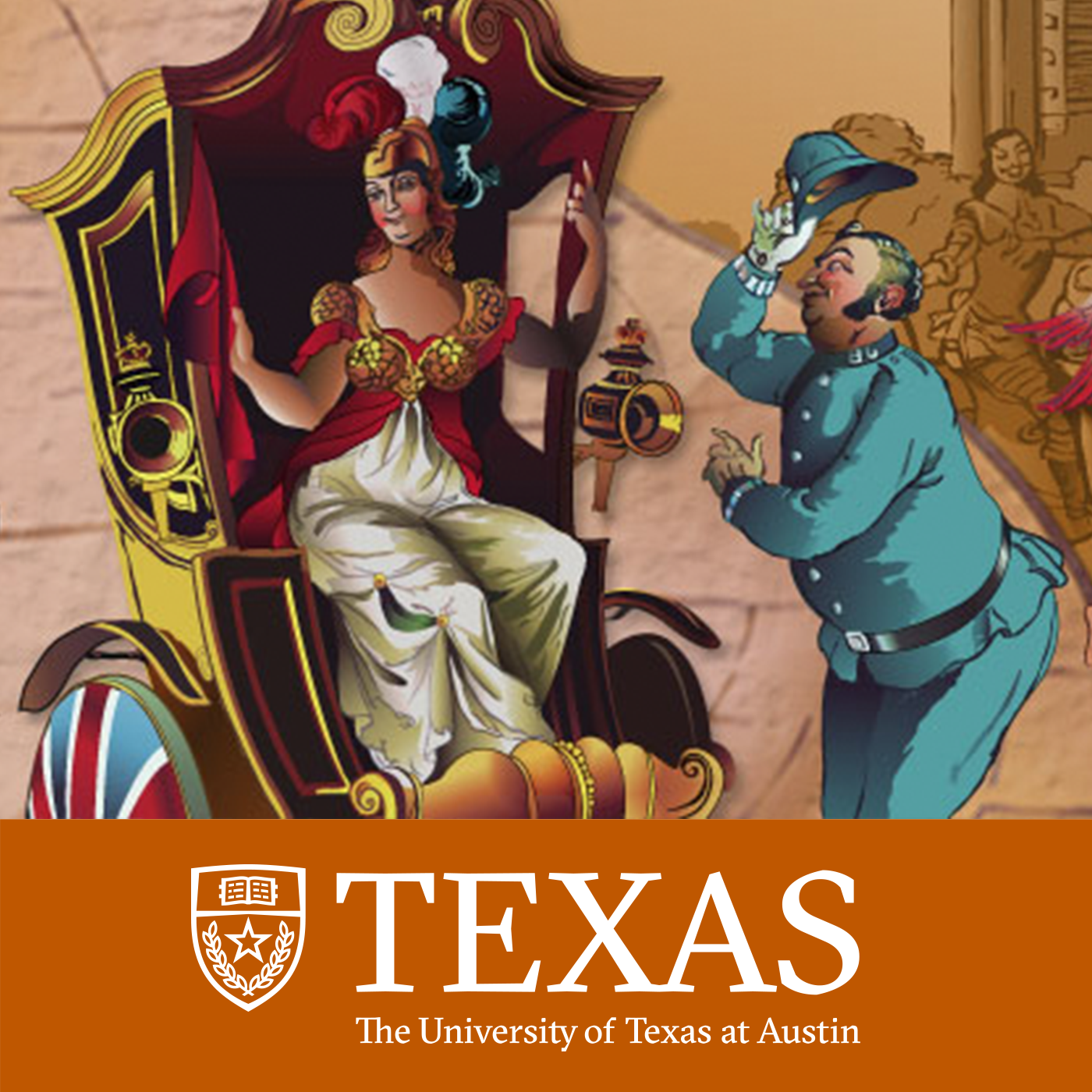Jane Austen’s Lost Books
Description
Speaker – Janine Barchas
In the nineteenth century, inexpensive editions of Jane Austen’s novels were made available to Britain’s working classes. They were sold at railway stations, traded for soap wrappers, and awarded as school prizes. At pennies a copy, these reprints were some of the earliest mass-market paperbacks, with Austen’s stories squeezed into tight columns on thin, cheap paper. Few of these bargain books survive, yet they made a substantial difference to Austen’s early readership. These were the books bought and read by ordinary people.
Janine Barchas is the Louann and Larry Temple Centennial Professor in English Literature at the University of Texas at Austin. She is currently a Fellow of the American Council of Learned Societies. She has also written for the Washington Post, New York Times, and Los Angeles Review of Books. In addition to her scholarly publications, she created the digital project What Jane Saw, which reconstructs two popular, commercially successful Georgian art exhibits witnessed by Austen.
The Ransom Center is currently selling her new book in conjunction with the ‘Austen in Austin’ exhibition in the Stories-to-Tell gallery.
More Episodes
Paula Marantz Cohen DREXEL UNIVERSITY
How can decline in enrollments in the humanities be explained? Nationwide in recent years estimates of the drop in liberal arts majors range from one-fourth to one-third of those in English, history, government, philosophy and other traditional subjects....
Published 03/10/20
Published 03/10/20
Aaron Pratt HARRY RANSOM CENTER
Before the publication of Shakespeare’s First Folio in 1623 and the efforts of subsequent editors and critics, England’s printed playbooks were considered “riff raff,” connected more with the world of London’s popular theaters than with what we might think of as...
Published 03/02/20


